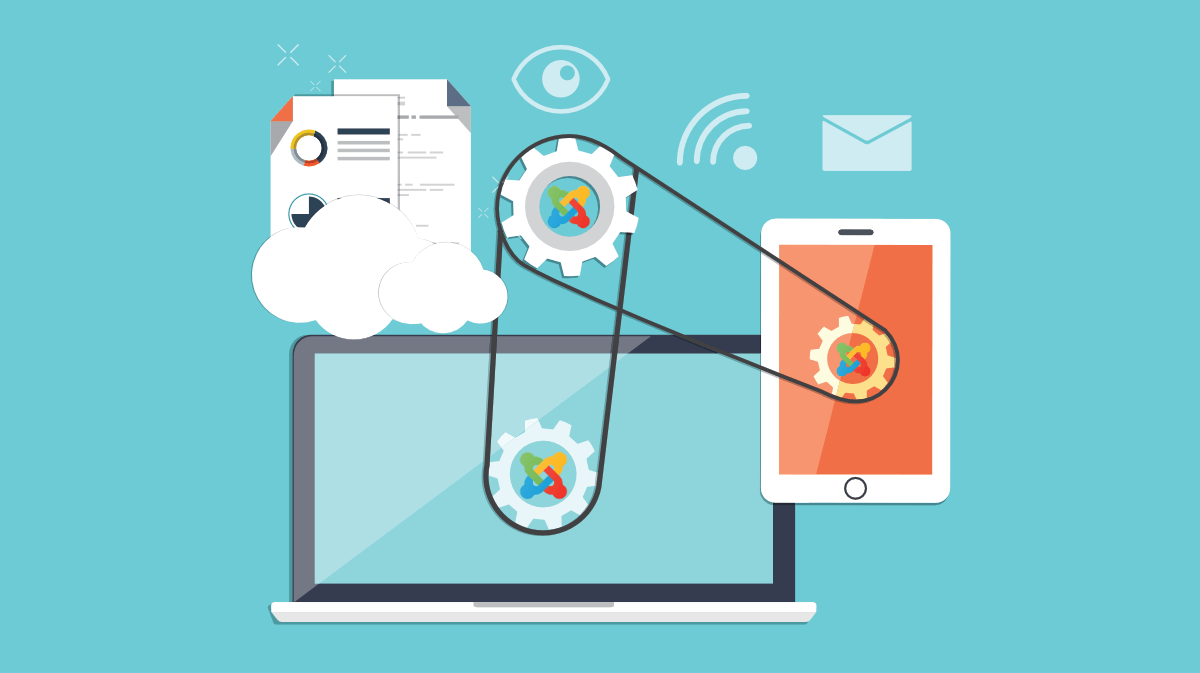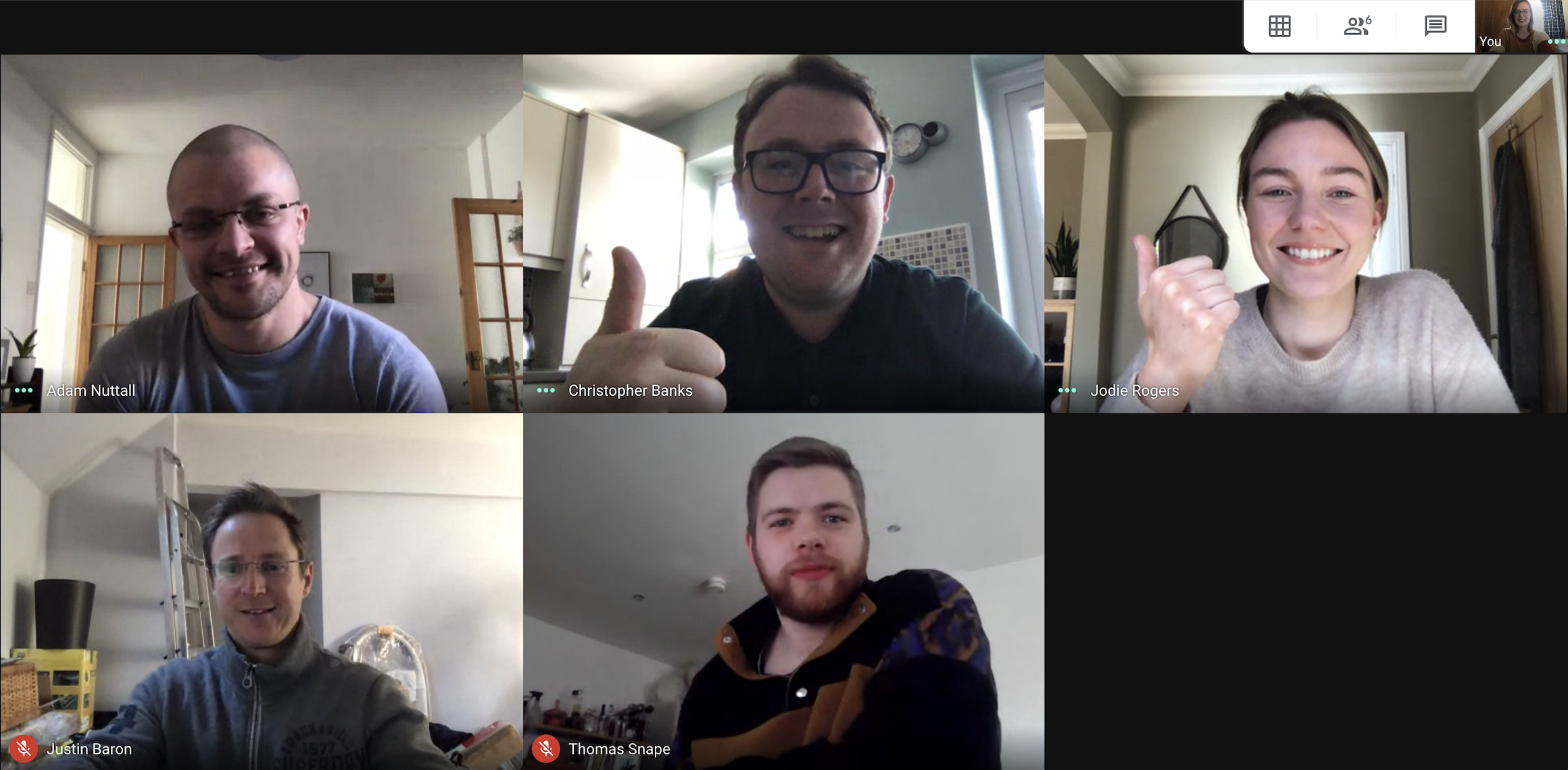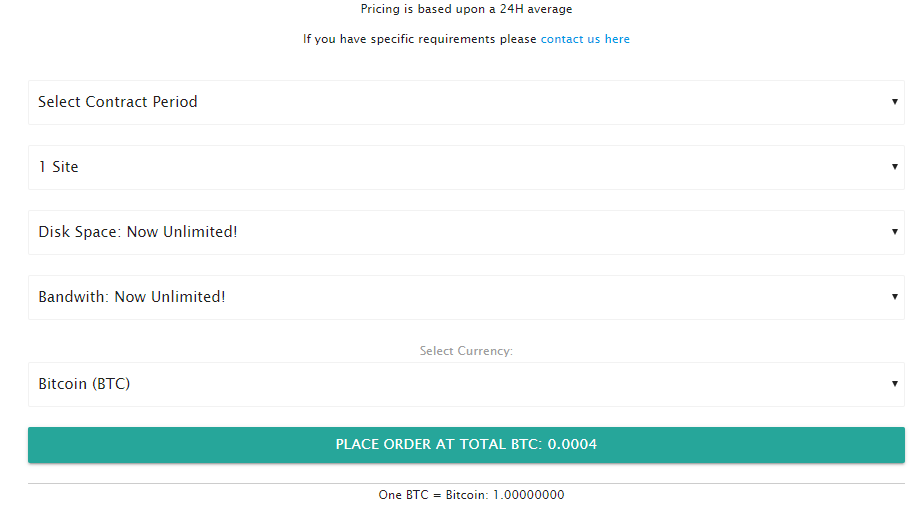
The article explores Web 2.0 and Web 3.0, highlighting their characteristics, user implications, and regulatory concerns. It discusses the direction of Web 3.0 and emphasises the need for government awareness as these technologies advance.
The Evolution of the World Wide Web
The World Wide Web has undergone a series of dramatic transformations since its inception, with each stage of its evolution characterised by new technologies and modes of interaction. Two of these evolutionary stages are commonly referred to as “Web 2.0” and “Web 3.0”. Each of these has its own distinct features and implications for Internet users. In this article, we will summarise the key characteristics, as well as some of the regulatory and ethical considerations, of Web 2.0 and Web 3.0, with a focus on where things might be heading with Web 3.0 and what governments and regulators need to be cognisant of as the technologies develop.
Web 2.0: The Rise of User Participation and Social Media
Web 2.0 refers to the second generation of the World Wide Web, typically thought to have begun around 2004 and still being the current state of what we access through the Internet. Web 2.0 is characterised by a shift towards websites that allow greater user participation, collaboration, and interaction. With Web 2.0, users can create and share content, connect with others through social networking, and access software and data from anywhere in the world through cloud computing. This has enabled greater knowledge-sharing, accessibility, and innovation in fields such as e-commerce, education, and entertainment. With the rise of social media platforms such as Facebook, Twitter, and Instagram, Web 2.0 has also transformed the way people interact, communicate and collaborate across geographical and cultural boundaries.
While Web 2.0 has enabled greater connectivity and accessibility, it has also raised issues around privacy and cybersecurity. Companies, notably the search engine and social media giants, collect user data for tracking and advertising purposes, leading to concerns around data privacy and the potential for misuse of individuals’ personal information. Cyberbullying and misinformation have also become more prevalent on Web 2.0 social media platforms, and there are growing calls for greater regulation and oversight.
Web 3.0: Decentralisation, Security, and Transparency
Web 3.0, also known as the "Decentralised Web", is seen as the next stage in the evolution of the World Wide Web. It is characterised by a focus on decentralisation, security, and transparency, and proponents argue it will shift power away from central authorities and towards individual users, providing Internet users with more control over their data and transactions.
One of the key technologies driving Web 3.0 is blockchain, which is a decentralised and transparent ledger that enables secure and trustworthy transactions without the need for intermediaries. Blockchain technology has the potential to revolutionise fields such as finance, healthcare, and supply chain management by enabling secure and transparent transactions that are more resistant to fraud and manipulation than current systems used through Web 2.0.
Web 3.0 is also expected to incorporate greater use of artificial intelligence and machine learning, which may be able to provide more personalised user experiences online. For example, AI algorithms can potentially analyse user behaviour and preferences to provide personalised recommendations and search results. The “Semantic Web” is another concept likely to become a feature of Web 3.0. The Semantic Web aims to enable more intelligent searches and interactions with technology, through creating standardised, machine-readable data that can be easily interpreted by computers. Advocates claim this should enable more efficient and intelligent processing of information, but the increased comprehension of the "semantics" of the data processed by these computers has raised some concerns. Whilst computers may be able to interpret and process information in a more human-like manner (which goes beyond its current understanding, limited to keywords or syntax), it may lead to unintended processing of personal data and intrusive methods of processing personal data (such as profiling), potentially in breach of privacy regulations, such as GDPR.
Potential drawbacks of Web 3.0
While Web 3.0 may have the potential to provide more control, security, and efficiency for users, it also raises new and novel concerns around regulation, technical knowledge, and ethics. For example, decentralisation may make it harder to regulate and police illegal activities, such as fraud or money laundering. The use of blockchain technology is still relatively new and complex, and can be confusing for novice users to navigate. As we have seen in recent months with the rapid progress in generative AI, AI and machine learning can raise their own distinct ethical concerns around job displacement and biases in algorithms, as well as issues around intellectual property rights.
Using Web 3.0 and semantic processing also creates a plethora of privacy risks. For example, combining data with semantic annotations can unintentionally link and infer sensitive information relating to individuals. As a result, semantic annotations (i.e., adding descriptive information to content to help computers better understand and interpret it) may correlate blockchain transactions with a user’s social media posts, thereby exposing their spending habits. Pseudonymised data in Web 3.0 can also be re-identified, or linked back to real-world identities through transaction patterns and other methods. Therefore, it is essential that privacy-related governance models and regulatory frameworks for Web 3.0 are created.
Regulatory and Ethical Considerations for Web 3.0
As Web 3.0 technologies continue to develop and become more widely deployed, regulatory and ethical considerations will necessarily become increasingly important. Governments and regulators will need to balance the benefits that decentralisation and transparency may bring with the need to prevent illegal activities and protect consumers. At the same time, companies and developers will need to consider ethical issues such as bias in algorithms, data privacy, and how to ensure responsible use of emerging technologies.
Navigating an Evolving Landscape
The evolution of the World Wide Web has been rapid and transformative, with each stage bringing new opportunities and challenges, for users, companies, and authorities alike. While Web 2.0 and Web 3.0 have distinct features and implications (which we have highlighted in a table below), they both form part of a larger trend towards greater user participation, collaboration, and decentralisation. As stakeholders navigate this evolving Web landscape, they will have to consider the regulatory and ethical implications of emerging Web 3.0 technologies, while also embracing their potential to bring positive change.
The differences between Web 2.0 and Web 3.0 at a glance
| Aspect | Web 2.0 | Web 3.0 |
| Decentralisation | Characterised by a centralised internet where power is primarily held by corporations and service providers. | Aims to create a decentralised internet where power is distributed among users. It utilises technologies like blockchain and peer-to-peer networks to enable direct peer-to-peer transactions, data sharing, and communication. |
| Technologies Used | Traditional web technologies such as HTML, CSS, and JavaScript. | Utilises advanced technologies such as blockchain, IPFS (InterPlanetary File System), and peer-to-peer networks to enable decentralised applications. |
| Type of Use | Interacting with centralised platforms, such as social media, e-commerce, and online services. | Participating in decentralised networks and applications allowing users to directly engage with services, exchange value, and govern the network without relying on intermediaries or central authorities. |
| Semantic Processing | Basic understanding of content and structure but limited semantic analysis and context understanding between different data points. | Improved understanding of context, meaning, and more intelligent analysis of data, allowing systems to understand the meaning, context, and relationships. |
| Data Security | Relies on security measures implemented by platforms and service providers to protect user data and prevent unauthorised access. | Prioritises data security through cryptographic techniques, decentralised storage systems, and distributed consensus mechanisms, reducing single points of failure and enhancing data protection. |









